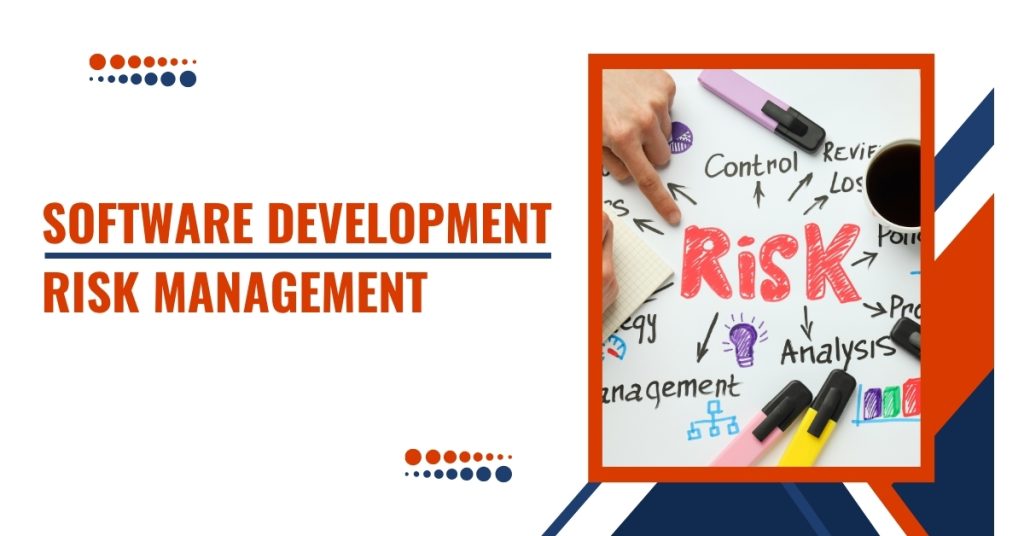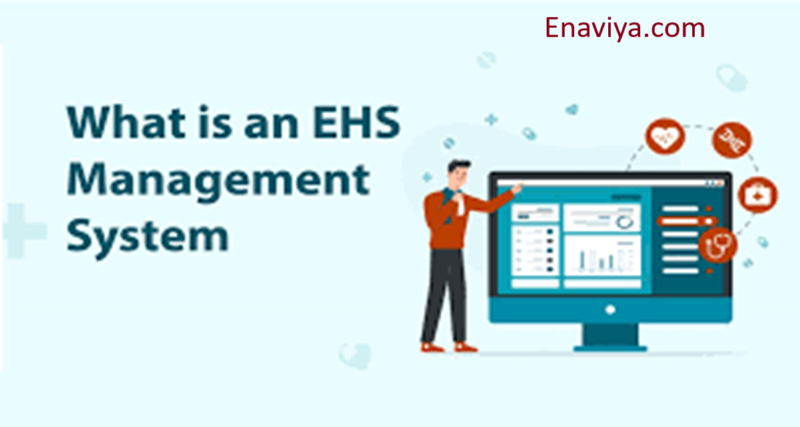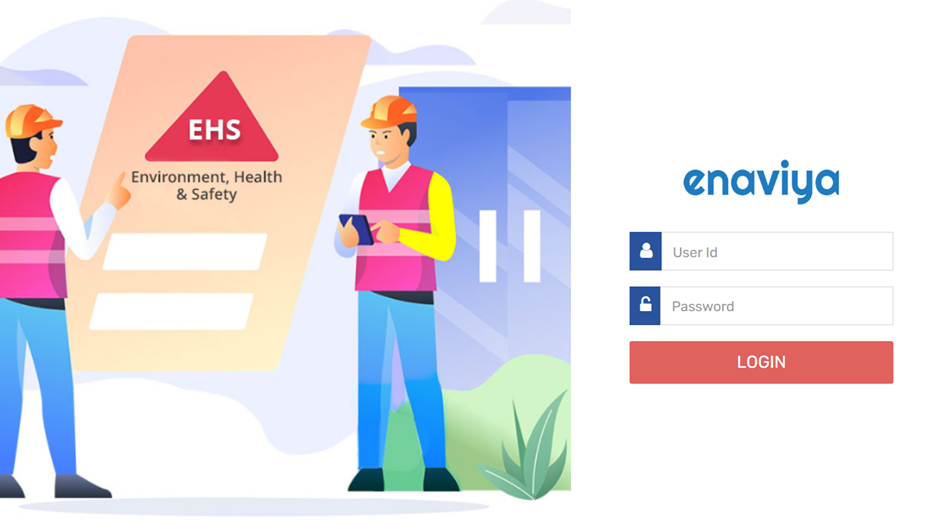Environmental Health and Safety (EHS) software is increasingly integral for organizations seeking to ensure regulatory compliance, enhance safety, and promote environmental sustainability. The future growth of the EHS software market is promising, driven by heightened regulatory requirements, organizational sustainability goals, and the increasing need for streamlined processes.
The EHS software market is projected to grow significantly over the coming years. Factors such as the increasing focus on environmental regulations, the need for efficient incident management, and the growing adoption of cloud-based solutions are contributing to this expansion. Companies are looking to integrate these tools into broader IT ecosystems to improve data accessibility and analysis.
Table of Contents
EHS Software Market: Current Status and Future Growth
The global EHS management software market is experiencing robust expansion, driven by tightening regulations, corporate sustainability mandates, and technological innovation. Key growth indicators include:
Market Valuation
Projected to reach $2.5 billion by 2033, growing at a CAGR of 11.2% (2025–2033). Asia-Pacific leads growth with a 13% CAGR, fueled by rapid industrialization.
Demand Drivers:
- Regulatory Pressure: Non-compliance fines exceed $10 million annually for large firms, making EHS software essential for real-time compliance tracking.
- ESG Integration: 78% of enterprises now prioritize ESG-linked EHS features like carbon footprint tracking (e.g., Enviance’s GHG tools).
- AI Adoption: Predictive analytics for risk prevention (e.g., Intelex’s AI injury forecasting) reduces incidents by 30–40%.
- Cloud Dominance: Cloud deployments grow at 12.5% CAGR (vs. 9% for on-premise) due to scalability and remote access needs.
Asia-Pacific’s growth (13% CAGR) outpaces North America (9.5%) and Europe (10.2%), driven by manufacturing expansion in China and India.
Why EHS Software Matters?
Organizations that deploy enterprise-grade EHS solutions saw a 37% reduction in OSHA-recordable incidents within one year. It enhances incident response, ensures audit readiness, and eliminates compliance blind spots.
Essential Features to Look For When Choosing EHS Software:
- Mobile-first & offline capability: Crucial for on-site teams to report incidents, hazards, and photos via smartphones.
- Real-time dashboards and compliance tracking: Monitor OSHA, ISO, and EPA standards with instant alerts on expirations or overdue tasks.
- Predictive risk analytics: AI-powered insights to spot patterns, predict hazards, and enable proactive prevention.
- Custom workflows & CAPA tracking: Configure automated escalation paths and corrective action systems.
- Training & certification management: Log training modules, toolbox talks, safety meetings, and expiration alerts.
- Robust integrations: Seamlessly connect with HR, ERP, and CRM systems via APIs for cohesive data flow.
- IoT, wearables & sensors integration: Real-time monitoring of environmental conditions and worker health/vitals.
- User-friendly UX: Intuitive design, voice-to-text features, and QR scanning encourage frontline adoption
Emerging Tech & Trends
- AI & Predictive Analytics: Moving EHS from reactive to proactive, driven by global alignment and Indian sector growth.
- Wearables & IoT: Use of real-time monitoring for vitals, environmental metrics, and fatigue/wear tracking.
- Cloud/mobile ubiquity: Mobile apps with offline-first architecture are now standard.
- Integration ecosystems: Playing with ERPs, asset systems, IoT sensors, and even e-commerce modules (e.g. SafetyCulture’s Marketplace)
Top Companies in the EHS Software:
- Enaviya EHS: Known for comprehensive solutions across safety, sustainability, user-friendly platforms, and risk management.
- Intelex Technologies: Offers user-friendly platforms that are customizable to meet various industry needs.
- Sphera: Specializing in operational risk, environmental performance, and product stewardship.
- SAP EHS: Integrates with broader SAP systems, making it ideal for large enterprises.
- Cority: Focuses on usability and integration, with solutions for all EHS aspects.
Summary
EHS software has transformed from passive tracking systems into proactive, AI-integrated, mobile-first platforms that enhance safety, compliance, and operational efficiency. Leading solutions include Enaviya EHS, EHS Insight, Sphera, SAP EHS, Cority, and Intelex, each catering to different organizational sizes and needs. Keep an eye on emerging tech like IoT integration, wearables, and predictive analytics are shaping the next wave of innovation.




